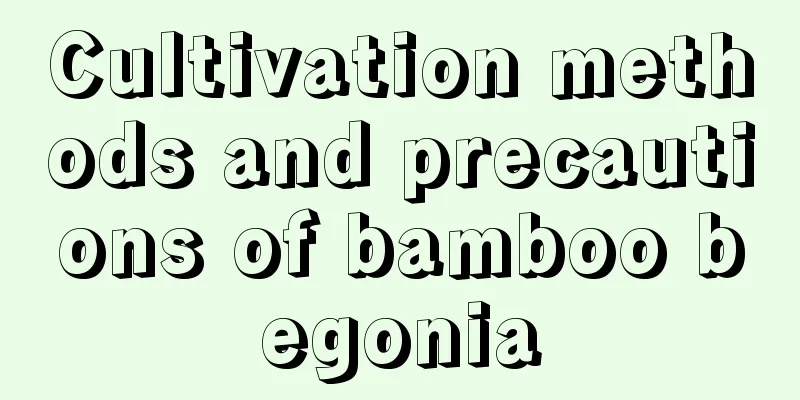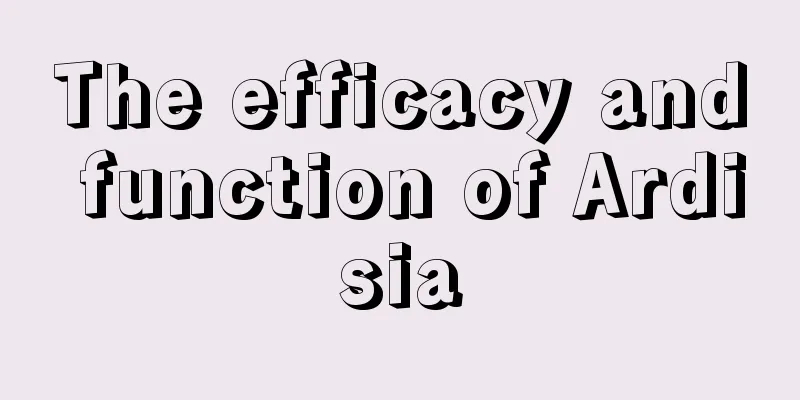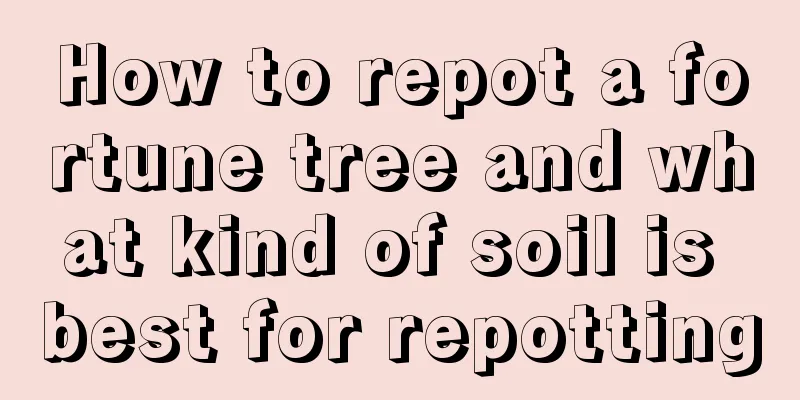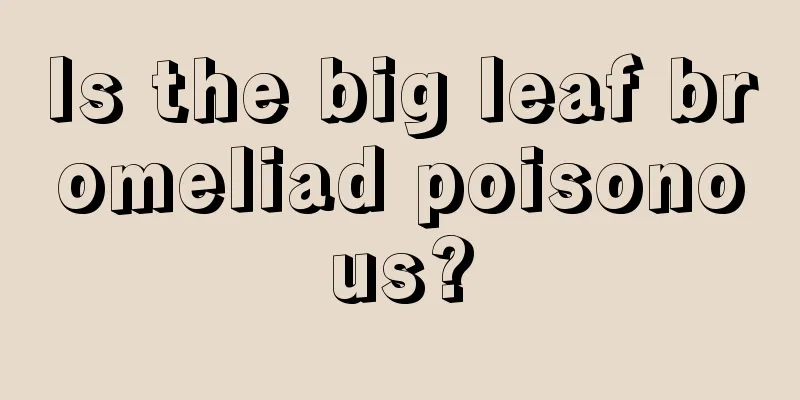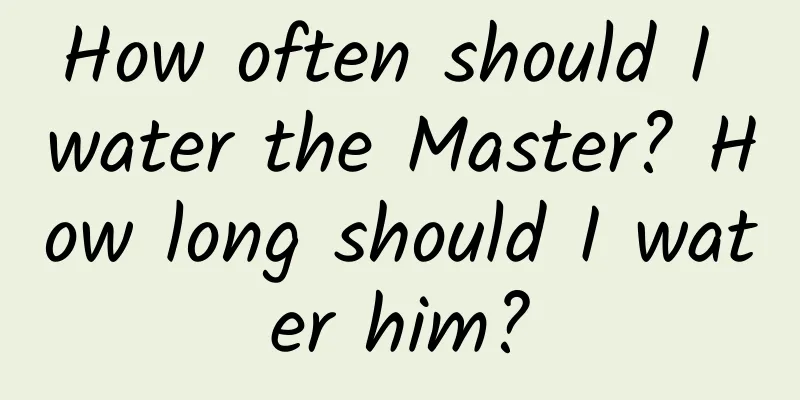Balcony vegetable planting container selection
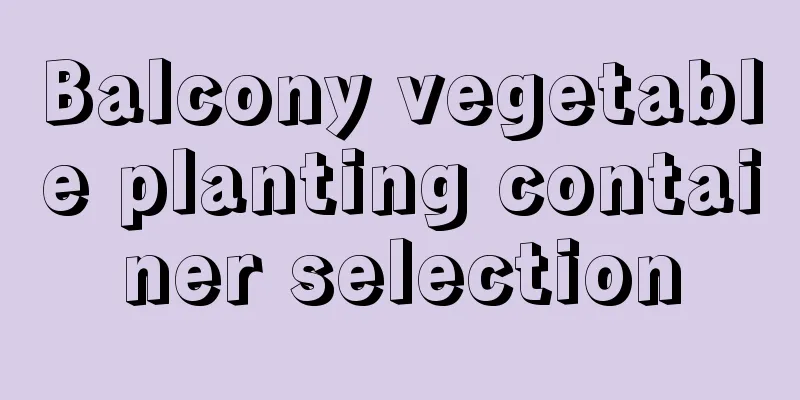
|
There are many containers to choose from for growing vegetables on the balcony. As long as the space is large enough and any container has good drainage, it can be used. Traditional flower pots and sinks, and many daily necessities can be modified and used, such as wooden boxes, buckets, iron boxes, plastic boxes, tires, bathtubs, jars, barbecue trays, anything you can think of can be used to grow vegetables on the balcony. Just keep a few things in mind when choosing: Drainage holesWhatever container you choose, make sure it has good drainage. If the drainage is poor, the roots of the plants are prone to suffocation and rot, while if the drainage is too fast, the plants will lack water and die. The flower pots bought from the market will have drainage holes at the bottom, but the modified containers need to have their own holes. The diameter of the unobstructed vent hole is 0.5~1cm. MaterialThe choice of material is related to the quality of drainage. Pay attention to a few points Unobstructed ceramic and wooden containers drain quickly and require frequent watering. Try not to place plastic containers near windows as they may be blown over by the wind. Do not choose wooden containers that have been treated with high pressure. Chemical preservatives are added to high-pressure treated containers. Although they can prevent corrosion and pests such as termites, they contain harmful substances and are not conducive to plant growth. The best wooden containers are pine and fir. colorBlack is not a color that can be used in containers as it likes heat and can damage the plant's root system. If you only have a black container, paint the surface with a lighter color and keep it out of direct sunlight. sizeThe size of the container is important! It is better to have a larger container rather than a smaller one. A large container not only provides ample space for fertilizer, but also has a large water storage capacity so it will not dry up in the summer. Vegetables like tomatoes, peppers, beans, etc. require larger containers, usually 15 to 20 liters are enough! However, I suggest you ask the merchant when buying seeds what size container is needed, as well as the watering and fertilization requirements.
|
<<: Balcony vegetable planting: choosing vegetables according to orientation
>>: How to grow vegetables on the balcony using PVC pipes
Recommend
Can cherry trees be planted in Hunan?
Can cherry trees be grown in Hunan? Cherry trees ...
How to grow soybeans in small pots
1. Seed selection and germination Before planting...
How to grow kumquat on the balcony, what should you pay attention to
1. Sunlight Kumquats must be placed in a place wi...
Does spring rain prefer shade or sun?
Does spring rain prefer shade or sun? Spring rain...
How to propagate lilies?
Lily has always been considered a symbol of purit...
The difference between longan and longan
the difference There is actually no substantial d...
Is the water in the pitcher plant poisonous? What are the ingredients in the water?
1. Is it toxic? The pitcher plant itself is not p...
Rely on these 7 points to grow flowers in autumn. Once you learn them, your pots will be full of flowers!
Cuttings The temperature drops in autumn, which i...
How to grow leeks in pots and how to survive the winter
1. Breeding methods 1. Light: It likes light. Whe...
When should I change the pot and soil for Molan?
When to change the pot Mo Lan can be repotted all...
Reasons and prevention methods of the failure of Euphorbia obliqua to bloom
Lack of light If the flowerpot of Euphorbia obesa...
Maintenance methods of Clivia in summer
Avoid direct sunlight and exposure to the sun The...
Can asparagus fern be hydroponically cultivated?
1. Is it possible? Asparagus fern can be grown hy...
How many stages does the growth process of bamboo consist of? How to propagate bamboo?
Bamboo is slender and upright, emerald green all ...
How to manage strawberries in winter?
The temperature is low in winter, which is a big ...
